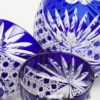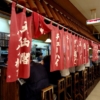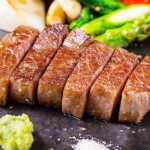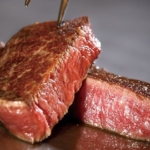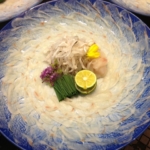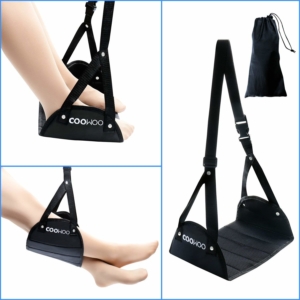10 Cheap and Delicious Japanese Sake 🥛
In recent years, Japanese sake has become popular in foreign countries. There are cheap and delicious sake all over Japan, even if it is not high-quality sake like Junmai-daiginjo.
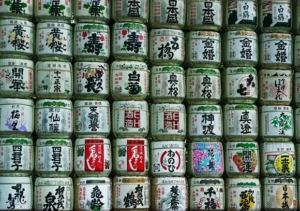
In this article, I will introduce you to some excellent sake brands with good cost performance.
If you don’t know which sake to drink, why don’t you try the cheaper one?
How to make Japanese sake
Sake is alcohol fermented from rice (steamed rice), malted rice and water.
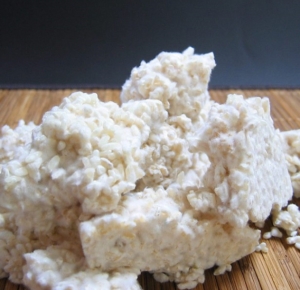
Alcohol fermentation is to convert sugar into alcohol and generate carbon dioxide gas, but rice, which is the raw material of sake, does not contain sugar and cannot be fermented.
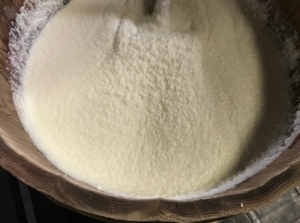
Therefore, using malted rice, the enzyme converts the starch of the rice into sugar (glucose), and alcohol fermentation is carried out with the power of yeast.
Types of Sake
I will explain the difference between Junmai-shu, Honjozo-shu, and Ginjo-shu, which are representative types of Japanese sake.
Junmai-shu
Junmai-shu is Japanese sake made purely from rice, malted rice and water. Because it does not use brewed alcohol, you can enjoy the original flavor, sweetness, richness and fullness of rice, as well as the unique aroma of rice.
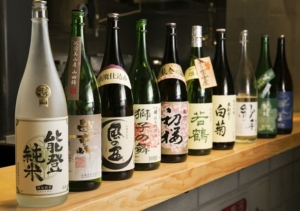
The feature is that you can enjoy it in various temperature range from cold to hot.
There are many brands that are rich and go well with warmed sake, and by warming, the flavor increases and the taste becomes mild.
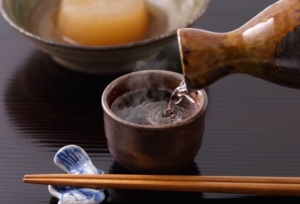
It is also recommended to drink at room temperature or cold. It becomes refreshing and easy to drink.
Honjozo-shu
Honjozo-shu is made by adding brewed alcohol in addition to rice, malted rice and water. The rice-polishing ratio is defined as 70% or less.
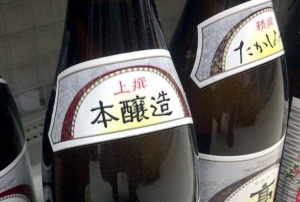
In order to balance the taste, brewed alcohol is added, but the amount is determined to be less than 10% of the weight of rice used as the raw material.
It is a method to make dry sake with a refreshing aftertaste. If you want to taste the sharpness of Honjozo-shu, I recommend you to drink cold sake first.
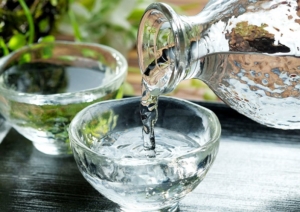
Among Honjozo-shu, the rich type is suitable for hot sake. However, if the temperature is too hot, the sharp taste will be lost, so it is better to make it a little lukewarm.
Ginjo-shu
Ginjo-shu is made from rice, malted rice, water and distilled alcohol. The rice-polishing ratio is defined as 60% or less.
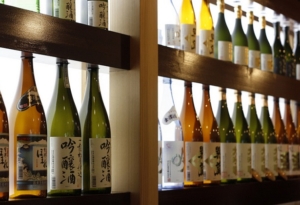
In addition, there is a process of fermenting moromi at a low temperature for a long time.
This method produces a fruity fragrance. This sake is recommended for people who want to enjoy the fragrance.
The key is not to cool it too much and not to heat it too much. Around 10 °C is the temperature at which you can enjoy the most fragrance.

There is Daiginjo-shu in the upper rank of Ginjo-shu, but there is a rule that it cannot be described as Daiginjo-shu unless the rice-polishing ratio is less than 50%.
By the way, there are Jummai-ginjo-syu and Jumnai-daiginjo-syu which do not contain distilled alcohol.
Recommended Sake
I will introduce the recommended sake!
Shichiken Furinbizan 1.8L (Junmai-shu)
Cheap and delicious Junmai-shu
This is Junmai-shu made from rice produced in Yamanashi prefecture and made with water from the undercurrent of the Japanese Alps.
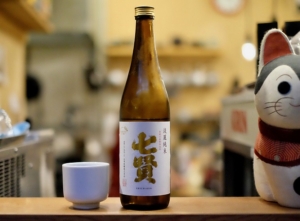
It is characterized by the elegant sweetness as well as the rice umami, and it has a refreshing taste from the beginning to the aftertaste. It goes well with food, and you can enjoy it in various occasions.
Shichiken Furinbizan 1.8L (Junmai-shu)
Yamata-no-orochi Super Dry 1.8L (Junmai-shu)
For those who like dry taste
It is a famous dry sake from Shimane prefecture in the Sea of Japan.
It is a very dry sake, but it is not only dry, but you can feel umami lightly.

Warming brings out the umami, and cooling brings out the dry. You can enjoy it at any temperature such as cold, normal, or hot.
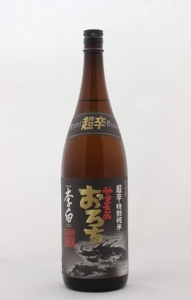
Yamata-no-orochi Super Dry 1.8L (Junmai-shu)
Tamajiman Unfiltered Sake 1.8L (Junmai-shu)
Unfiltered Junmai-shu Feels the Rice Umami
This sake is prepared using natural underground water of Tokyo.
Junmai-shu that brings out the good balance of umami and sweetness of rice. By warming sake, you can enjoy umami of rice more.
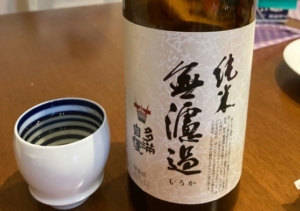
It has won prizes in various sake contests. It will be even more delicious if you drink it while feeling the spirit of a craftsman who brews sake.
Tamajiman Unfiltered Sake 1.8L (Junmai-shu)
Echino Kagetora Ryu 1.8 L (Ordinary Sake)
Almighty Niigata Sake
It is made in a well-established brewery in Nagaoka City, Niigata Prefecture that has been in business for 1847 years.
Recommended for those who like Honjozo-shu rather than Junmai-shu.
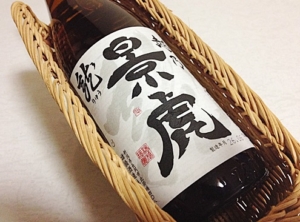
Because the production volume is limited, it is a brand that can be seen only in limited liquor shops such as specialty shops of local sake.
The sharp taste is perfect as a daily alcoholic beverage. The point is that it is easy to match with any meal.
Echino Kagetora Ryu 1.8 L (Ordinary sake)
Kikusui Raw Sake 1.8L (Honjozo-shu)
Made with 100% Niigata rice
Niigata prefecture is the largest producer of rice in Japan and also a producer of sake. This Honjozo-shu is made from 100% Niigata rice.
It has a rich flavor and the umami is condensed. I recommend cold sake.
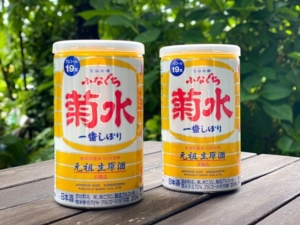
Because unprocessed sake is not sterilized by heating, you can enjoy a fresh taste that was originally only available in breweries.
Kikusui Raw Sake 1.8L (Honjozo-shu)
Kokushimuso Dry 1.8L (Junmai-shu)
Dry Junmai-shu from Hokkaido
This is Junmai-shu produced by a brewery in Asahikawa City, Hokkaido.
As the strong kanji label says, it is powerful and dry. It is an excellent product for professionals rather than beginners of Japanese sake.
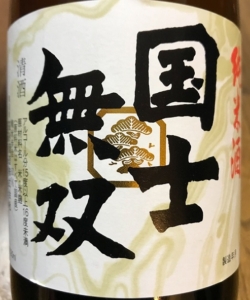
It is sake from Hokkaido, which is very cold in winter, but I recommend you to drink it at room temperature or cold.
Kokushimuso comes in many types and grades, so why don’t you look for your favorite sake?
Kokushimuso 1.8L (Junmai-shu)
Gorouhachi 1.8L (Opaque Sake)
Opaque sake with a rich flavor
This is a rich and sweet type of opaque sake where you can enjoy the whole flavor of rice. The moment you drink it, the grainy texture of the rice and the rich flavor will fill your mouth.
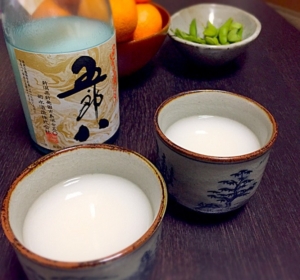
This sake is suitable not only for hot pot dishes using lots of seasonal ingredients, but also for dishes with strong seasoning.
They bring out each other’s deliciousness, so you can eat and drink more.

Gorouhachi 1.8L (Opaque Sake)
Sumiyoshi Dry 1.8L (Junmai-shu)
The richness and Umami that you won’t get tired of drinking
Among the many sake breweries in Japan, there are quite creative ones. One of them is Taruhei Shuzo in Yamagata Prefecture.

They are particular about barrel sake, as the name of sake brewery includes Taru (barrel). The raw sake of the finished sake is stuffed in a barrel of Yoshino cedar and matured.
The unique aroma of the barrel and the richness that can only be produced by barrel aging has a flavor that other sake does not have. It is Japanese sake that I want people who have never drunk barrel sake to try once.
Sumiyoshi Dry 1.8L (Junmai-shu)
Ichinokura Himesen 1.8L (Low alcohol)
Like a slightly intoxicating sake sweets
Although it is made from rice and malted rice, it is as easy to drink as sweet white wine, so it is recommended for those who cannot drink much alcohol.
The alcohol content is as low as 8%, which is sweet but sour.
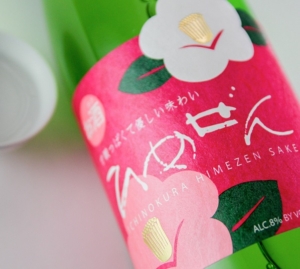
Hot sake does not lose its flavor and is accepted by the generation who enjoy sake in style.

Ichinokura Himesen 1.8L (Low alcohol)
Sugei 1.8L (Junmai-shu)
Junmai-shu that can be matched with dishes
It is Junmai-shu that combines the taste of rice with a clean back taste. The fragrance is moderate, and the taste is sharp with the sourness peculiar to Sugei.
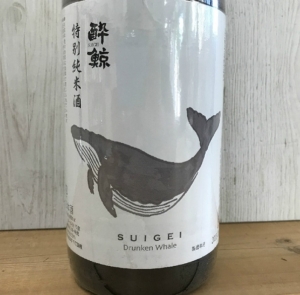
It goes well with food and is perfect for drinking during meals.
After squeezing, it is stored in a low temperature tank and bottled according to the shipping volume.

Sugei 1.8L (Junmai-shu)
High-end brands such as Daiginjo-shu and Junmai-daiginjo-shu tend to attract attention, but there are many delicious sake around the country even around 2000 yen.
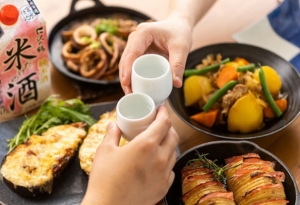
Junmai-shu, which is relatively cheap, goes well with meals, and you can drink it hot as well as cold, which will expand the world of Japanese sake.
The same Junmai-shu has a completely different taste, so please enjoy drinking and comparing various sake.
#sake #reasonable #souvenirs #mail_order
Kyoto Fushimi Sake Brewery Tour 🍶

